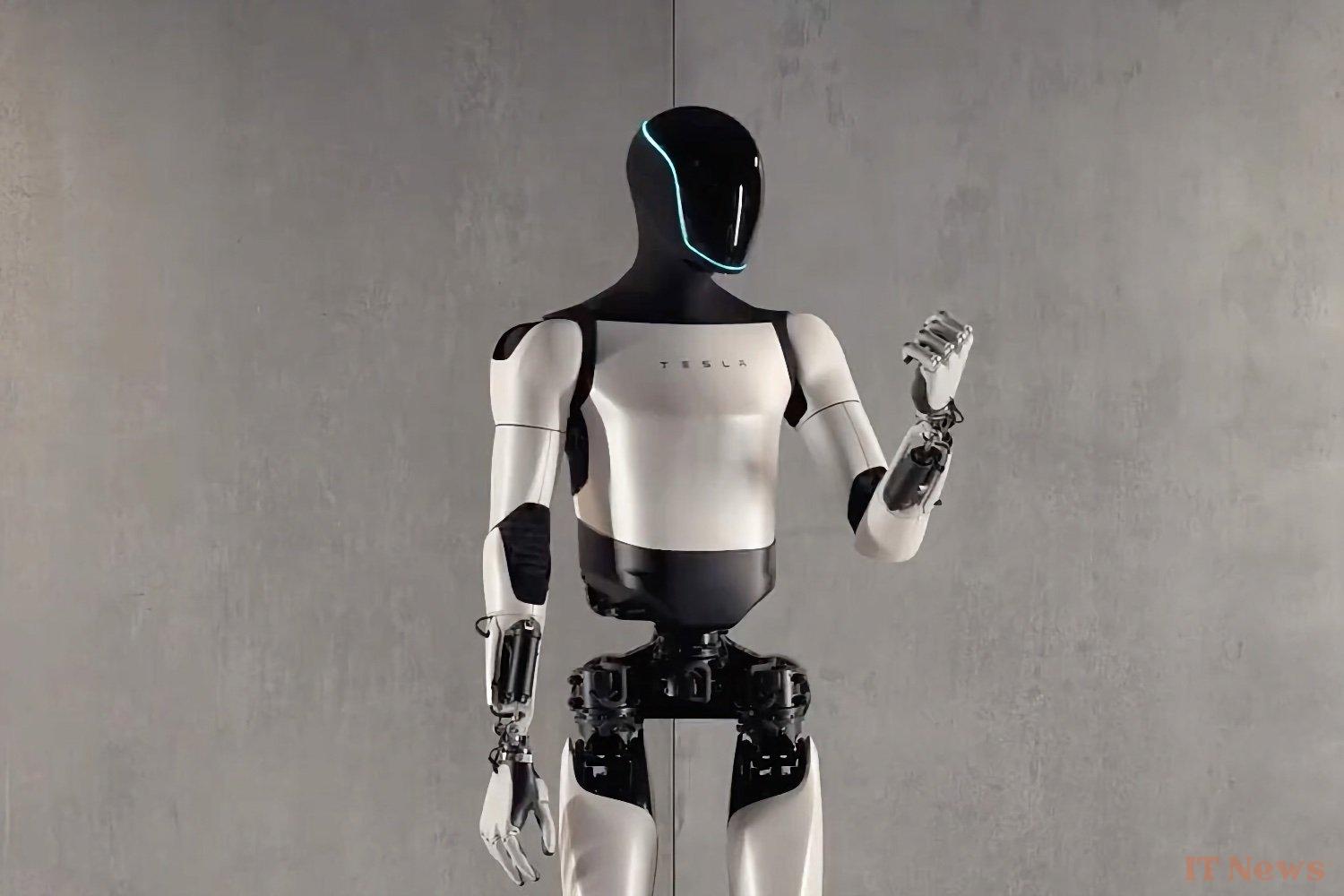The rise of these machines is driven by several factors: major advances in artificial intelligence, increasingly powerful 3D perception technologies, and falling component costs. "With such technological and industrial support, we believe that humanoid robots will move from a simple concept to widespread adoption by the end of the decade," explain analysts at Bank of America (BofA).
Robots increasingly present
The United States and China are currently leading the way in this booming market. Tech giants like Tesla, Nvidia, and Meta are investing heavily in developing these machines, with increasingly sophisticated models. Tesla's Optimus Gen 2 robot, for example, currently costs between $50,000 and $60,000 each. But BofA predicts these prices could plummet quickly, similar to what happened with electric vehicles.
The cost of humanoid robots is still a major barrier to their adoption, but the trend is clearly downward. Bank of America estimates that a model will cost around $35,000 by the end of 2025 and only $17,000 in 2030. A spectacular drop that could pave the way for mass adoption.
Because beyond industry and services, it is in our homes that these robots could become established. According to BofA projections, by 2060, around 65% of humanoids will be used at home, compared to 32% in services and only 3% in industry.
The parallel with electric cars is striking. China, which currently dominates the market battery-powered vehicles, could play a key role in the production of components for humanoid robots. "If the majority of the hardware is manufactured in China, the cost of a robot could drop by 70%," the report states. Large-scale industrialization would therefore make these machines much more accessible. Before getting there, the industry will still have to answer a few questions: will robots really be capable of performing the arduous tasks of everyday life? What will their limits be? To what extent will they replace human labor? While robotization can compensate for the aging population and labor shortages, it also raises a number of concerns about employment and coexistence with these machines.



0 Comments